Can you visit Fort Yellowstone today? Yes and no.
While many of the buildings are still standing (35 out of 60 originally built, in fact), the Army relinquished control of the facility in October 1918, when the National Park Service took over. There is no official Army presence in Yellowstone anymore—not in the way it was in 1886, when Company M, First United States Cavalry, first rode into the Park under Captain Moses Harris in 1886.
Indeed, it was the Army who helped shape the Park (and, to a larger extent, the National Park Service) into what it is today, after a period of limited governance, owing to the vastness of Yellowstone and the lack of resources available to superintendents, which stemmed from Congress’ relative apathy.
From Camp to Fort
For their first five years in Yellowstone National Park, Company M operated from what was supposed to be a temporary camp, called Camp Sheridan (shown above). It was named, of course, for General Phillip Sheridan, one of the first (and, incidentally, one of the more controversial) advocates for increased supervision and maintenance of Yellowstone. It was Sheridan, for instance, who lobbied to get the Army involved. It was Sheridan who authorized Company M to ride into the Park.
As you may have guessed, the Army wasn’t exactly planning to stay long. They came to Yellowstone with little more than their orders. No permanent structures waited for them; they spent five years (complete with five harsh winters) living in temporary frame structures built at the foot of the Mammoth Terraces—all of which, incidentally, have been torn down.
When the Army realized they were in it for the long haul, they petitioned Congress to appropriate funds for a permanent post. Congress assented in 1890, appropriating $50,000.
The Army rechristened Camp Sheridan as Fort Yellowstone May 11, 1891, but construction of the initial facilities weren’t finished until 1893. And for the next 27 years, Fort Yellowstone would serve as the base of operations for Company M, First United States Cavalry. It’s worth noting: the first building erected, as a part of Fort Yellowstone, was the guardhouse.
Before The NPS
According to the NPS, Fort Yellowstone underwent three phases of construction. The first buildings were established in 1891, with a second of set of buildings (built for a second cavalry troop) starting in 1897. You can see a photo of the Fort from the 1890s above.
It wasn’t until 1909, with the construction of many stone buildings/cottages, that Fort Yellowstone really took the shape you can still discern today. From the NPS:
In 1909, Scottish masons began constructing sandstone buildings here – among them the Albright Visitor Center (then the Bachelor Officers’ Quarters) and the administration building (then a two-troop barracks for 200 men). The Chapel, the final building constructed during the Army’s tenure, was also constructed of native sandstone. The stone from these buildings was obtained from a local quarry between the Gardner River and the Mammoth Campground.
In 1910, at the height of the Army’s presence in Yellowstone, there were 324 soldiers stationed here – plus some families and numerous civilian employees. These troops staffed not only Fort Yellowstone, but were stationed throughout the park in small details at various outposts.
However, in spite of living in a place most Yellowstone fanatics would dream of living in, Fort Yellowstone wasn’t exactly high on most soldiers’ list for stations. We understand, in part: it’s comparatively remote, with no town (and no saloon) close enough to mosey into—not that soldiers always got enough time to get completely sick of the Park, or completely acclimated, according to Paul Schullery, writing in Searching for Yellowstone:
Fort Yellowstone was not the most popular assignment for soldiers, and the army rotated new troops to the park each year, so the soldiers had little chance to know the place well. If it weren’t for the small corps of civilian scouts, the soldiers would have been much less effective, especially in their backcountry patrols. The scouts, gathered from among the region’s rougher element, proved able to deal with the worst lawbreakers, and they taught batch after batch of new soldiers what Yellowstone needed. But they couldn’t teach them to like the place, and isolation and cabin fever were frequent problems for the soldiers. At one point shortly after the turn of the century, Fort Yellowstone had one of the highest desertion rates in the country.
Fort Yellowstone was eventually transitioned over to the National Park Service in 1916, although the Army did not leave until 1918.
Seeing Fort Yellowstone Today
As previously mentioned, most of Fort Yellowstone still stands today. You can even go into some of the buildings; the Albright Visitor Center was established in the original bachelor’s quarters, originally built in 1909. Indeed, barring any calamity, Fort Yellowstone will be seen by millions of visitors for years to come. The site was designated a National Historic Landmark District in 2003, as a part of the Mammoth Hot Springs Historic District.
Beyond that, however, most of the Fort is off-limit to the public, owing to their use as administrative facilities or their age. If you want to get a closer look into Fort Yellowstone, we highly suggest taking the Virtual Tour offered through the NPS website.
 Yellowstone Insider Your Complete Guide to America's First National Park
Yellowstone Insider Your Complete Guide to America's First National Park
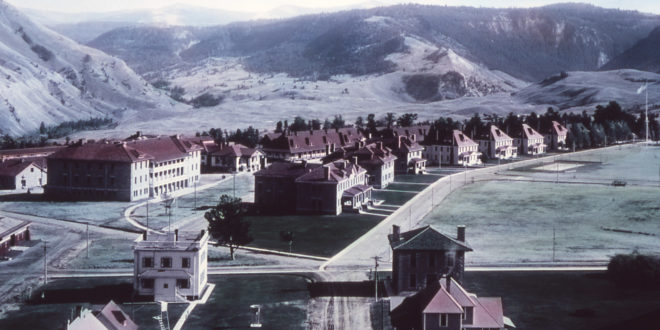
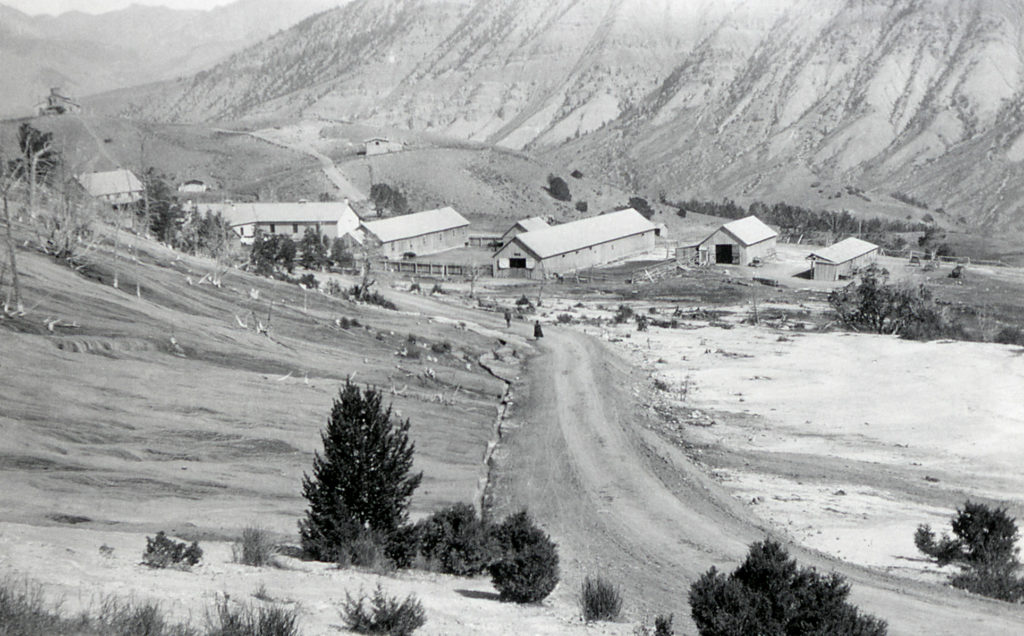
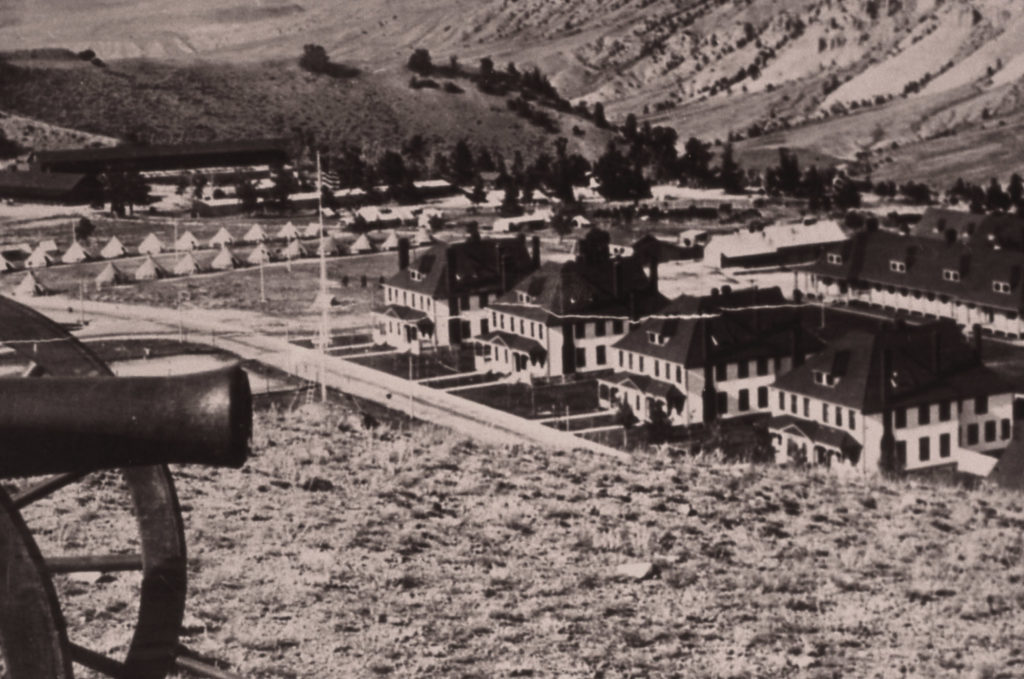
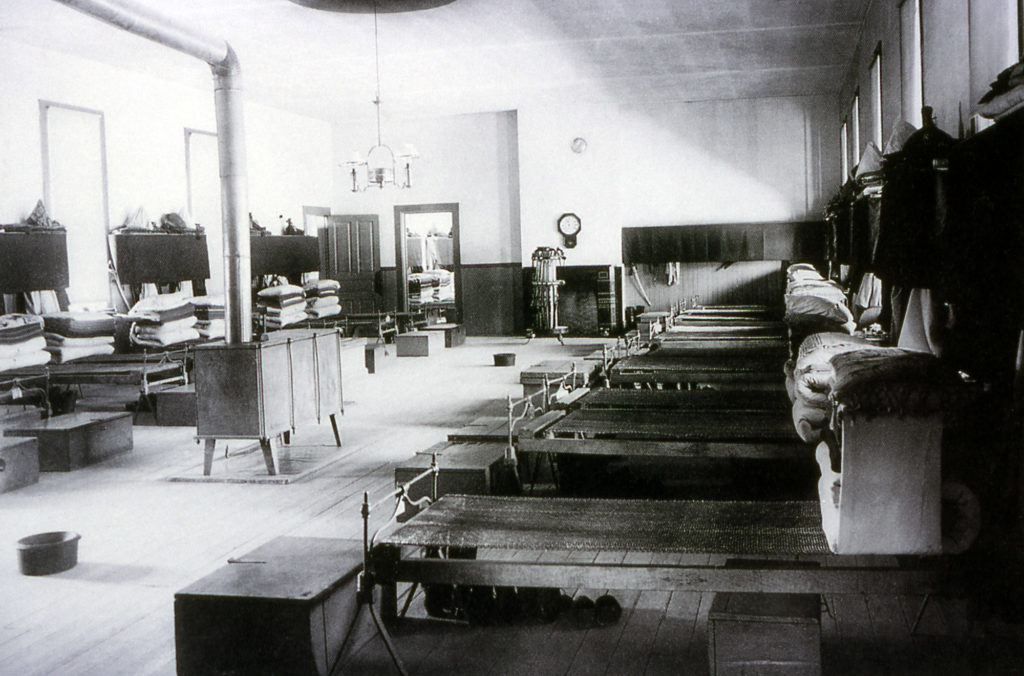
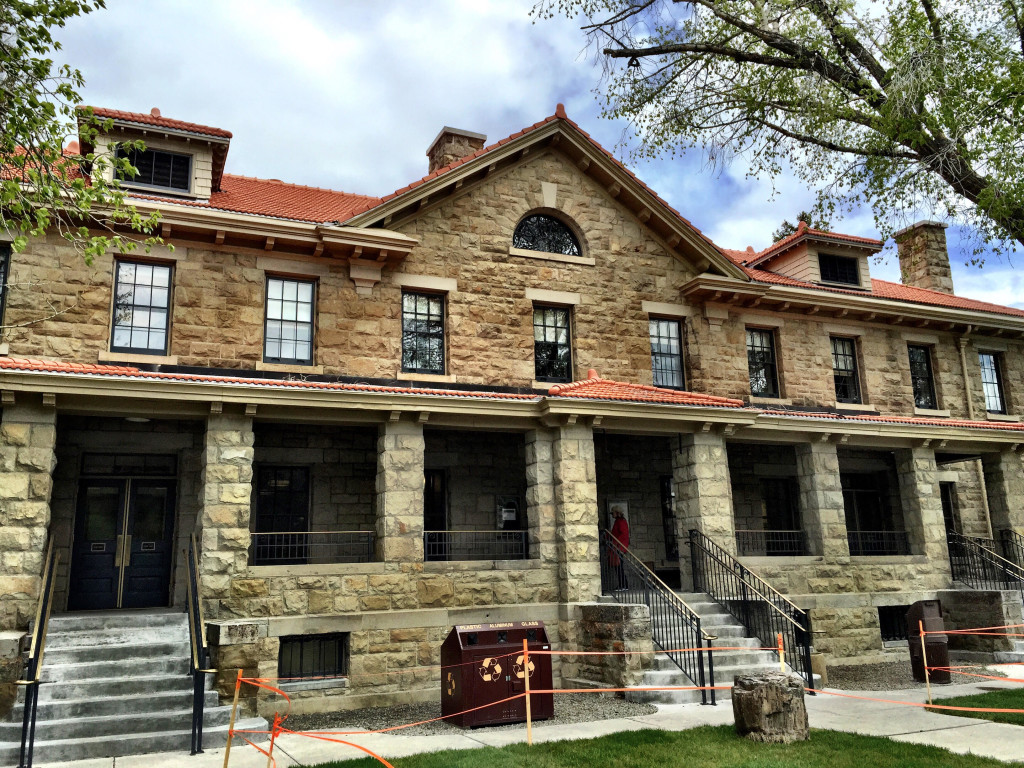




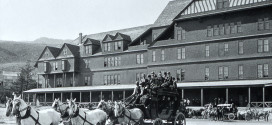
You must be logged in to post a comment.